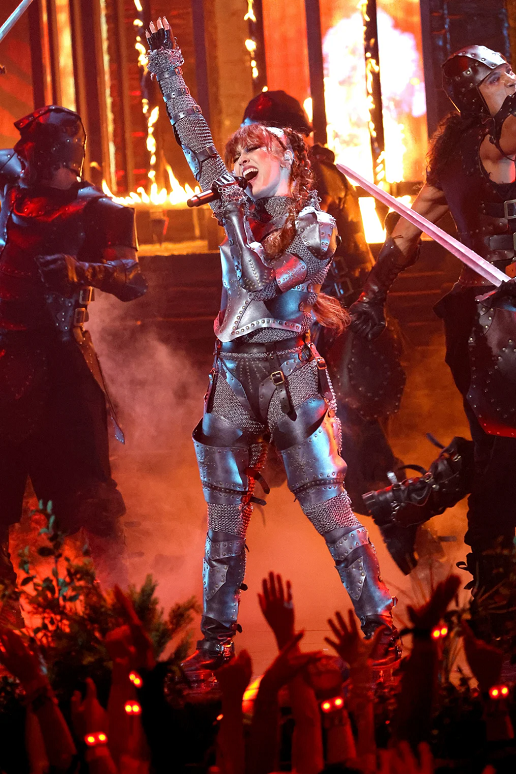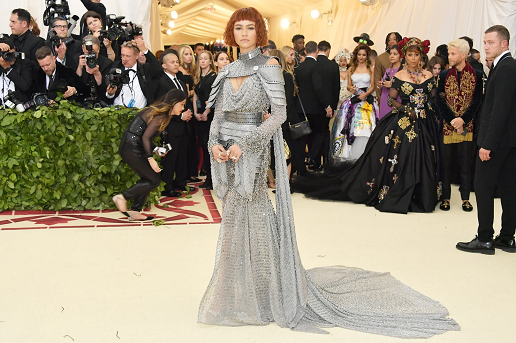Joan of Arc: A Timeless Icon in Pop Culture
More than six centuries after her birth, Joan of Arc continues to captivate as a cultural icon. Known for her role as a French heroine and a saint, Joan’s story resonates across generations, inspiring countless interpretations in art, fashion, and film. Recently, her legacy has been revisited at events like the VMAs and even announced as the subject of Baz Luhrmann’s upcoming film.
The Humble Beginnings of a Heroine
Born in 1412 to a peasant family in Domrémy, France, Joan’s rise from obscurity to meeting the Dauphin of France embodies the ultimate "rags-to-riches" story. Her conviction in divine visions drove her to lead French forces to victory at Orléans at just 17 years old, earning her a revered place in history.
A Cultural Symbol of Power
Joan’s image—clad in armor—has become iconic, reflecting strength and resilience. This visual has inspired artists like Alexander McQueen, whose 1998 collection channeled her martyrdom and courage. Her portrayal in cinema by Ingrid Bergman (1948) and Milla Jovovich (1999) highlights her compelling duality as a saint and warrior.
Feminist Resonance and Modern Adaptations
Joan’s narrative of triumph, persecution, and martyrdom resonates with the struggles of women in the public eye. Modern interpretations by stars like Zendaya and Chloe Sevigny invoke her spirit as a symbol of feminist empowerment. Zendaya, for instance, described her Met Gala armor as making her feel like a "warrior." This malleability of Joan’s identity—both saint and rebel—keeps her story relevant. Chappell Roan performed in full chain mail during the MTV Video Music Awards on September 11, 2024. Mike Coppola/Getty Images
Chappell Roan performed in full chain mail during the MTV Video Music Awards on September 11, 2024. Mike Coppola/Getty Images
A Tale of Triumph and Tragedy
Joan’s meteoric rise and tragic end underscore humanity’s fascination with figures who defy odds. For writer Katherine J. Chen, Joan’s contradictions—saint, heretic, martyr—make her relatable and enduring. Joan serves as both an inspiration and a cautionary tale about the fleeting nature of fame.
Joan of Arc’s story, blending divine purpose and human frailty, remains a powerful cultural touchstone, continually reimagined to reflect the values and struggles of each era.






